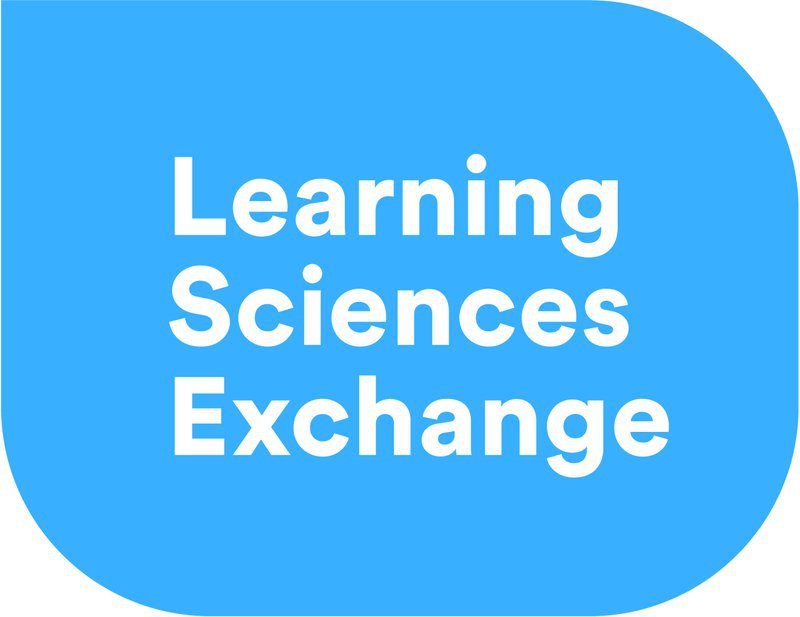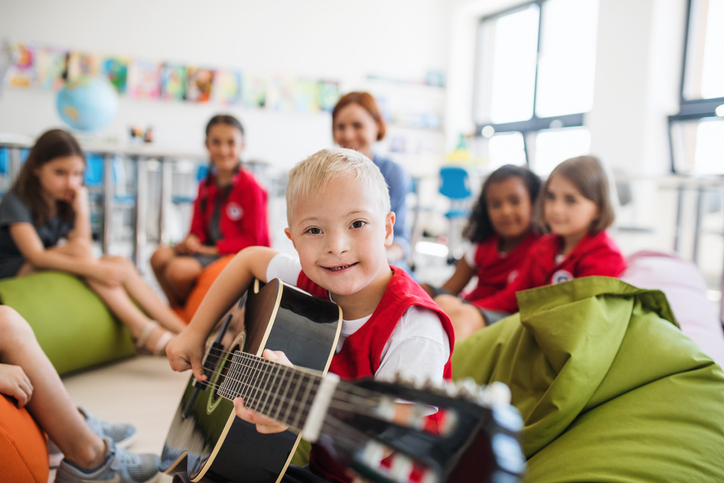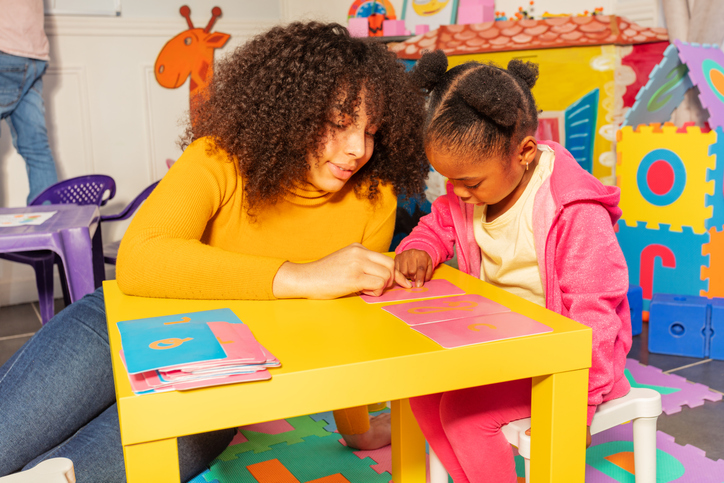
People have asked me why I recently joined the U.S. Department of Education as assistant deputy secretary in the Office of English Language Acquisition (OELA) and what I hope to accomplish. It’s personal. The mission of OELA is very important to me as someone whose family did not fully understand U.S. education and someone who could have easily been a statistic.
The stories of many English learners, immigrants, and first-generation college students resonate with me. I grew up in a low-income household, the eldest child of a Mexican immigrant mother and a first-generation American father born into a Bracero family in California.1 My mother was not familiar with education in the U.S. and did not speak English. Back then, she did not have the tools to engage effectively with teachers and did not play an active role in the education of her children. My father was a waiter and worked long hours, including all major holidays. I remember winning a spelling bee when I was a student at Magnolia Elementary School in Los Angeles. I was cheered on by my teachers, my fellow classmates, and their parents, but my parents were not there. Yet the loud support of the crowd convinced me that learning and academic achievement were and are valued.
We moved to El Paso when I was 16. I wanted to work for the government and needed a plan to go to college. Even though I earned good grades, joined the Academic Decathlon, and won second place in the Modern Languages Speech Tournament in the category of extemporaneous speaking in French, I knew my parents could not afford college tuition. So, I decided to become a certified nursing assistant.
My plan to work as a certified nursing assistant while attending the University of Texas at El Paso did not materialize. I discovered languages were an even better source of income. I had achieved high proficiency in English, Spanish, French, and Italian and worked for a language school as a translator, interpreter, language proficiency rater, and instructor. Multilingual skills were a fun and important source of income for me as a young adult and they’ve sustained me throughout my life. I am honored to now use these skills to benefit the American people.
As assistant deputy secretary, I hope to:
- help increase family engagement to ensure that English learners receive the freedom they need to successfully complete high school and post-secondary education, including four-year degrees and technical training. We will do this by finalizing our Family Toolkit to help parents understand and navigate education in the U.S.;
- help expand access to distance learning, especially in areas where broadband may be limited such as in tribal communities. We will do this by partnering with teachers and families to understand technology limitations impacting English learners and adjusting our approach to ensure deficiencies are being identified, addressed, and mitigated; and
- enhance retention of heritage languages. We will do this by promoting new and different educational opportunities to students who speak two or more languages, including four-year degrees, translation certificates, and other technical career options. We will develop a Career Preparedness Toolkit to raise awareness of various career paths and how to begin pursuing them.
Stepping into this new role during the COVID-19 pandemic has provided me the opportunity to witness firsthand how OELA accomplishes its mission in a virtual environment and to reflect on how education can and must adapt to serve English learners in changing circumstances. I am impressed with the resilience of OELA staff to empower those closest to students during this crisis. I am equally impressed with education leaders who continue to innovate for their students. Together, we have important work ahead.
References
To make up for labor shortages caused by World War II, the Bracero Program was created to permit millions of Mexican men to come to the U.S. to work on short-term, primarily agricultural labor contracts. From 1942 to 1964, 4.6 million contracts were signed, making it the largest U.S. contract labor program. See http://braceroarchive.org/about.
Lorena Orozco McElwain ([email protected]) is assistant deputy secretary and director of the Office of English Language Acquisition at the U.S. Department of Education.










